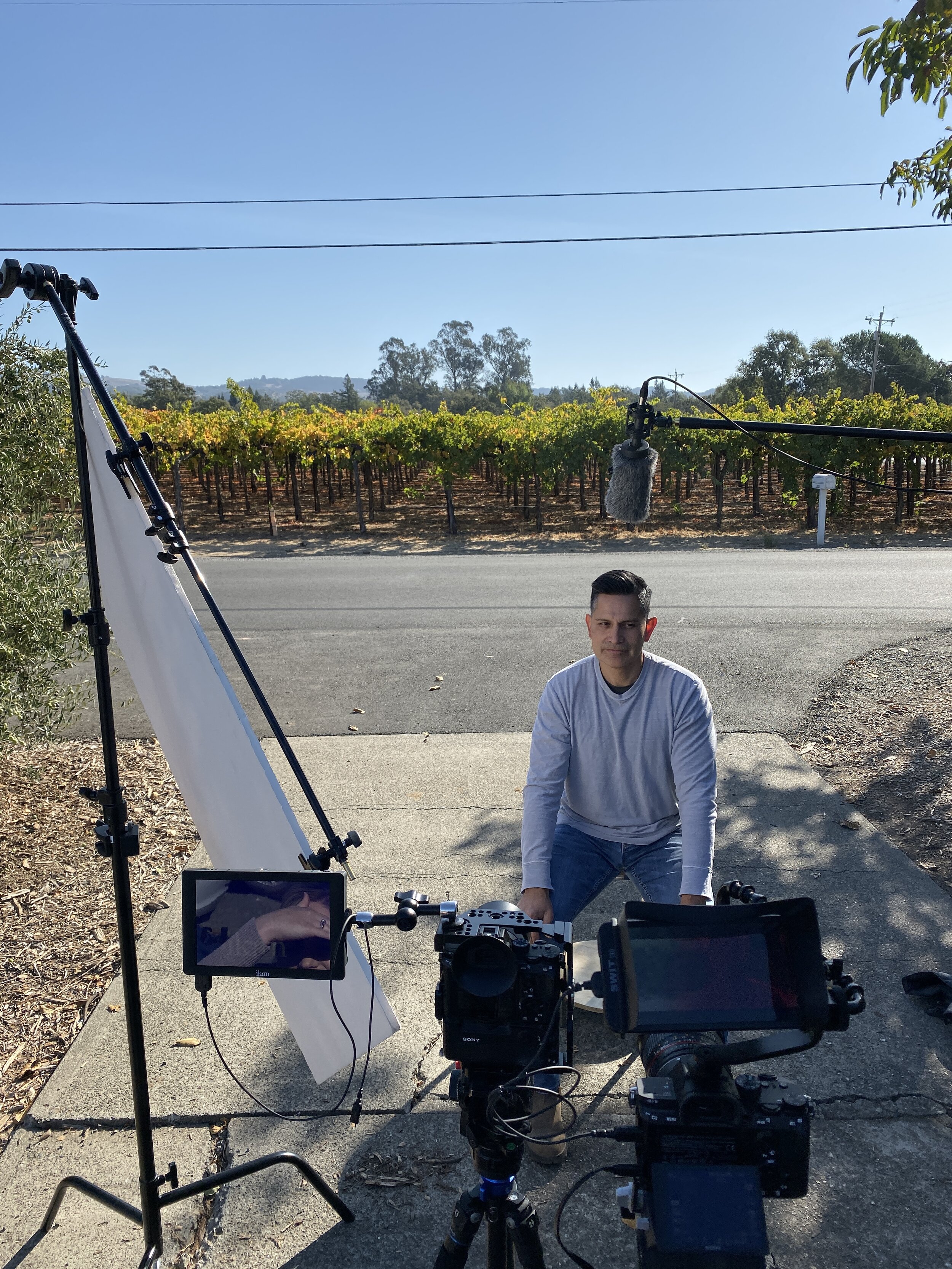How to shoot professional interview and testimonial videos?
How to shoot a professional interview or testimonial video?
You've seen them on the news, late-night talk shows, and documentary films. Interview videos usually focus on one person answering questions, generally on a specific theme.
This video style is up close and personal, and the interviewee might be a subject matter expert or just someone with an opinion. Unscripted and authentic interview videos are a great way to lend a personal touch to a story or provide a perspective.
Interview videos are versatile and can be used throughout your business and at various stages of the funnel. They tend to work best on the following channels to boost brand awareness, explain concepts, and attract leads with industry-specific insight.
Interview videos and testimonials are authentic.
Interviews are the best way to get information straight from the horse's mouth. They offer an unscripted personal take or knowledge from an expert. There's a reason why journalism and documentary films rely on interviews so heavily, and that's the truth.
Interviews make for great storytelling.
For years we have been refining and perfecting our technique for shooting great looking video interviews. Here we will be breaking down those different elements that a camera operator needs to consider when shooting an interview representing your subject and their story.
The basics of shooting a video interview
There is no formula for lighting, framing, and shooting an interview. There are many things to consider, like location, purpose, and tone of the interview. All of these things have a significant impact on the final video. Before shooting, we always consult the director, producers, and editors before a shoot to discuss what they want to achieve. This might mean spending more time setting up lights to achieve a look in camera or shooting flat (shooting at lower contrast, less vibrant color profiles) to allow more flexibility in post-production. It's all about what suits the story you're trying to tell. Let your interviewee guide your decision making when it comes to selecting a look for your interview. Corporate video production might need to look professional and slick with low contrast, but an interview with a musician or artist might give you a license to add some bold colors or shadows to your lighting setup.
Interviewing someone on camera can get tricky. It's a good idea to plan your shoot before beginning the interview. Knowing how to frame your interview subject will help improve your overall production value. Furthermore, perfecting your interview setup is an excellent way to prepare for narrative cinematography, as many of the same principles of lighting and composition are quite useful in the dramatic medium shot.
First, you need to decide on the type of shot you're going to use for your interview subject. Mid shots and close-ups tend to look best when someone is just talking. You want to see their expressions and possibly their hand movements. You might want to do mostly mid shots but zoom in for a close-up shot when the interview subject expresses a lot of emotion.
Next, you need to decide whether you want the interview subject to look at the camera or look off-camera. If the interview subject is speaking directly to the audience, like Nick is in the video, have them talk to the camera. If they are answering interview questions, have them look to the camera's right or the left of the camera and place them in the opposite third of the frame using the rule of thirds. You can even position the interviewer there so that the interview seems more natural.
For a basic video interview, use 2 point lighting setup. Today, the key light source is almost always a soft light, emanates from this same broadside to the left (in this example) of the speaker's line of sight.
If you have extra lights you can use, consider using the three-point lighting technique. The additional light source being the rim light, or the hair light.
How to mic for an interview?
Audio is half of the viewing experience. No matter how professional your video looks, your whole production feels amateur if your audio is terrible. We use two external microphones for every interview. Our primary microphone is a boom, sometimes called shotgun mic. Boom microphones are best placed anywhere from 8-14 inches from the subject's face and pointed slightly under the subject's mouth.
We use a lav mic under our subject's shirt for back up just in case anything were to go wrong with our Boom Mic. The lav mic's optimal placement for the best quality sound is in the middle of the subject's chest.
Composition, camera angle, lighting, and audio are the primary tools to achieve a great looking interview video that will improve any professional video's overall production value. Of course, other things are essential, such as camera (there are so many DSLR cameras that shoot video that it requires a whole new segment to discuss), camera settings, camera lens, camera movements, camera support vs handheld, and image stabilization, dramatic lighting, or atmosphere. We will cover those in a separate blog post. But mastering the first 3 is critical.



